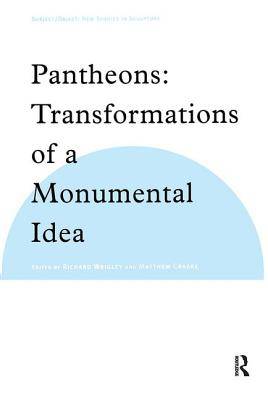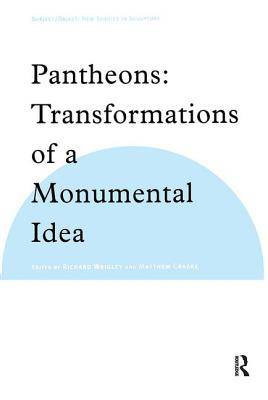
- Afhalen na 1 uur in een winkel met voorraad
- Gratis thuislevering in België vanaf € 30
- Ruim aanbod met 7 miljoen producten
- Afhalen na 1 uur in een winkel met voorraad
- Gratis thuislevering in België vanaf € 30
- Ruim aanbod met 7 miljoen producten
Zoeken
Pantheons
Transformations of a Monumental Idea
€ 274,95
+ 549 punten
Omschrijving
The institution of the pantheon has come a long way from its classical origins. Invented to describe a temple dedicated to many deities, the term later became so far removed from its original meaning, that by the twentieth century, it has been able to exist independently of any architectural and sculptural monument. This collection of essays is the first to trace the transformation of the monumental idea of the pantheon from its origins in Greek and Roman antiquity to its later appearance as a means of commemorating and enshrining the ideals of national identity and statehood. Illuminating the emergence of the pantheon in a range of different cultures and periods by exploring its different manifestations and implementations, the essays open new historical perspectives on the formation of national and civic identities.
Specificaties
Betrokkenen
- Uitgeverij:
Inhoud
- Aantal bladzijden:
- 272
- Taal:
- Engels
- Reeks:
Eigenschappen
- Productcode (EAN):
- 9780754608080
- Verschijningsdatum:
- 23/07/2004
- Uitvoering:
- Hardcover
- Formaat:
- Genaaid
- Afmetingen:
- 156 mm x 234 mm
- Gewicht:
- 557 g

Alleen bij Standaard Boekhandel
+ 549 punten op je klantenkaart van Standaard Boekhandel
Beoordelingen
We publiceren alleen reviews die voldoen aan de voorwaarden voor reviews. Bekijk onze voorwaarden voor reviews.










